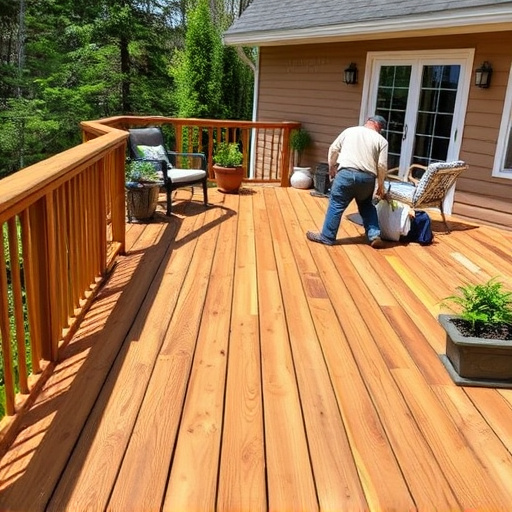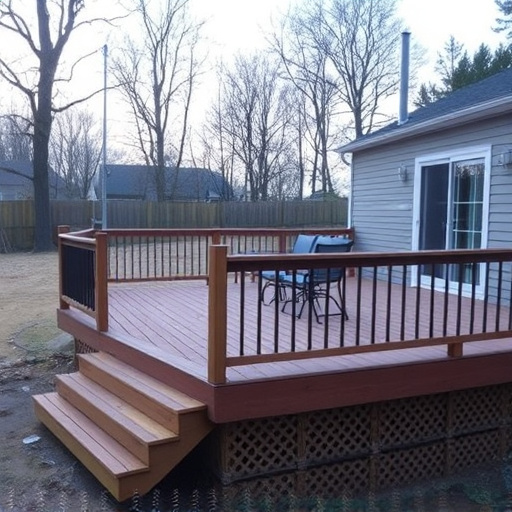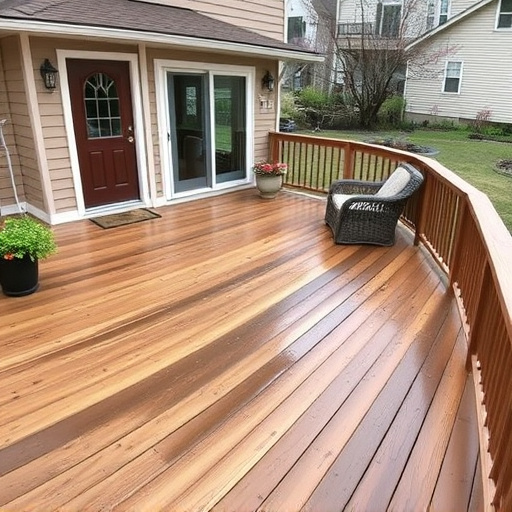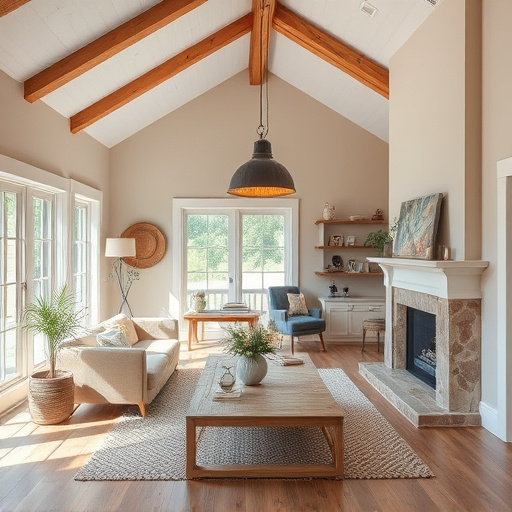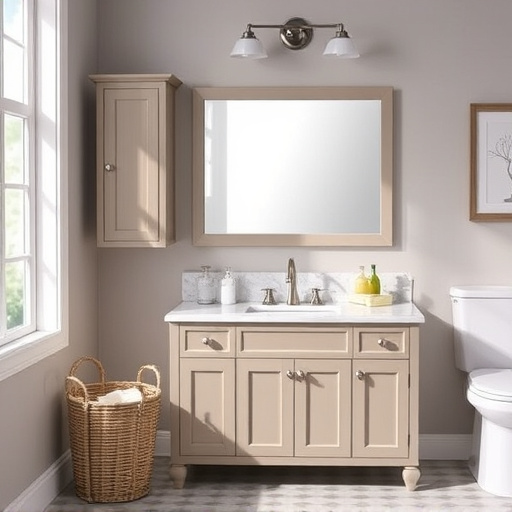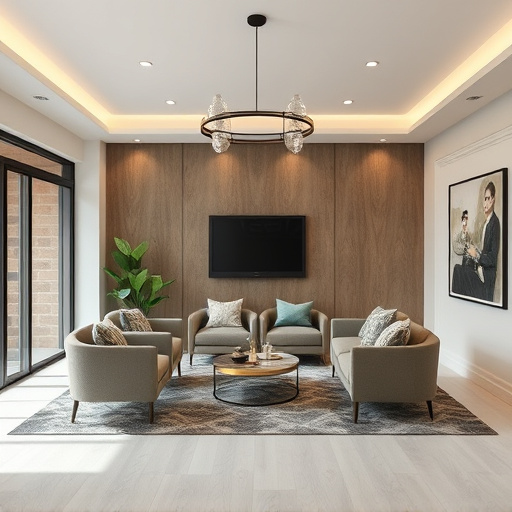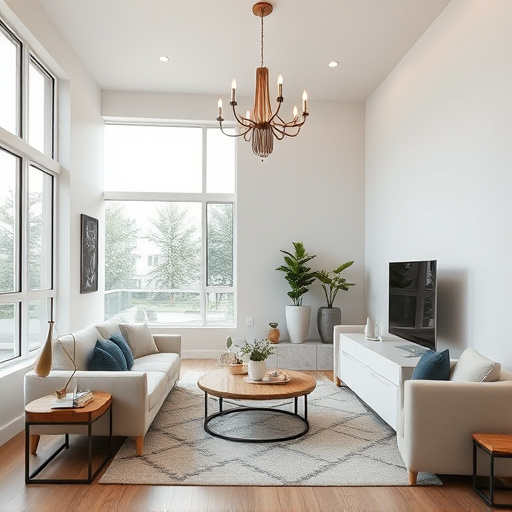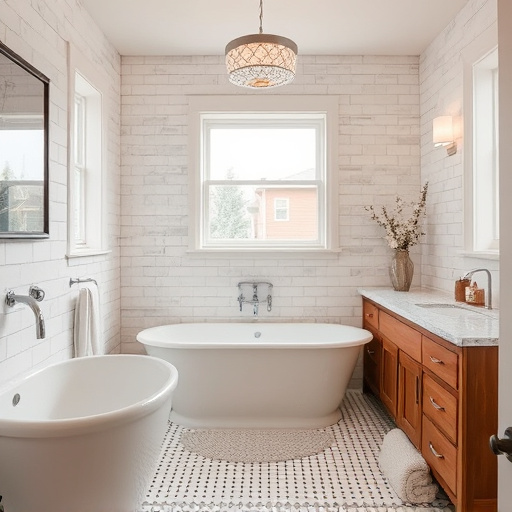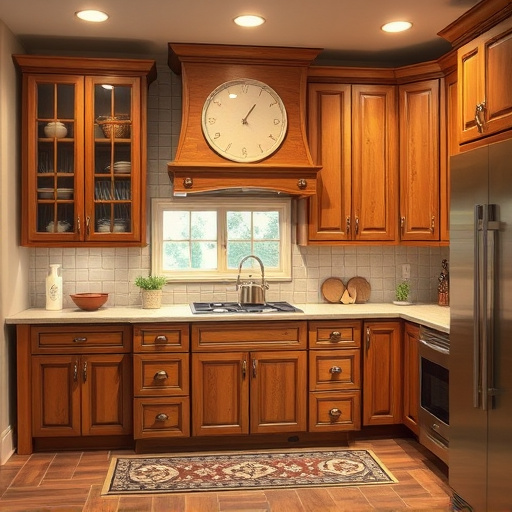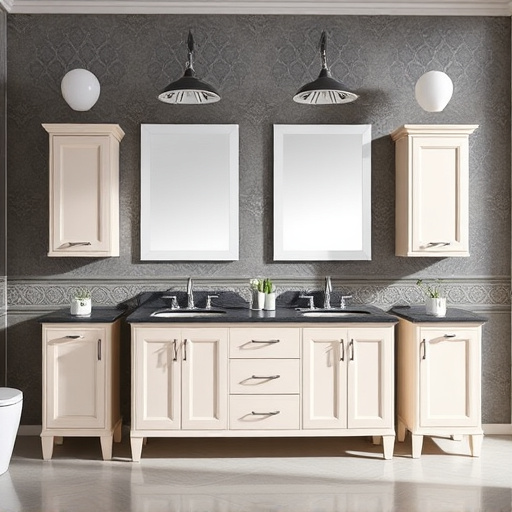Home decorating involves leveraging architectural elements like beams and arches as design anchors, integrating them with modern styles and strategic painting schemes to create unique, narrative spaces. Seamless style-functionality integration is key, enhancing structural features through furniture, art, lighting, flooring, and renovations. Techniques like color palettes, lighting, and textures highlight these elements, transforming functional areas into stylish sanctuaries via bold yet harmonious design combinations.
Unleash the beauty of your home’s architecture with these expert tips on home decorating! Discover how understanding key architectural elements can transform your space. From identifying distinctive features to balancing style and functionality, this guide showcases strategies for a visually stunning home. Learn the art of using color, light, and textures to enhance your property’s unique character, creating an inviting atmosphere that captivates both eyes and senses. Elevate your decorating game with these insightful tips on home decorating.
- Understanding Architectural Elements in Home Decor
- Incorporating Style and Functionality for Visual Impact
- Using Color, Light, and Textures to Enhance Architecture
Understanding Architectural Elements in Home Decor
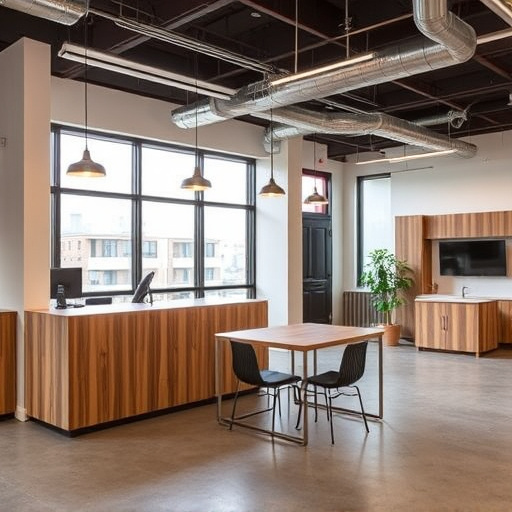
In the realm of home decorating, understanding architectural elements is akin to unlocking a symphony’s secrets. These elements, such as beams, arches, and columns, are the structural and aesthetic backbone of any space. Recognizing and highlighting them can transform your house into a home that exudes character and unique charm. By integrating these features seamlessly with modern or eclectic design choices, you create a cohesive atmosphere that reflects both the building’s history and your personal style.
Whether planning a multiple room remodel or considering renovation services, paying attention to architectural details is crucial. For instance, a bold interior painting scheme can either complement or contrast these elements, depending on the desired effect. Incorporating these aspects thoughtfully ensures your home decorating efforts elevate the space, making it not just visually appealing but also narratively engaging.
Incorporating Style and Functionality for Visual Impact
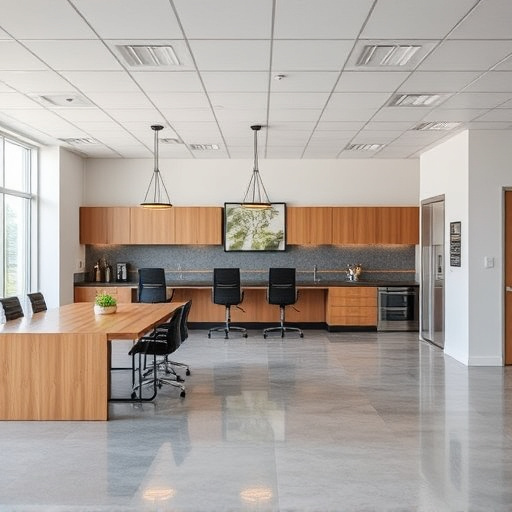
When highlighting architecture in home decorating, seamlessly integrating style and functionality is key to creating a visually stunning space. Each architectural element—from soaring ceilings to unique window frames—can become a focal point when thoughtfully incorporated into your design scheme. Consider how you can enhance these features with strategic placement of furniture, artwork, or lighting fixtures. For instance, a dramatic entrance with high arches can be emphasized by placing a statement chandelier above, drawing the eye upwards and accentuating the natural height of the space.
Incorporating floor replacements like wide-plank hardwoods or stone tiles can further emphasize architectural details, while renovation services focused on refining existing structures—such as exposed brick walls or beam ceilings—can transform a room’s ambiance. Even small adjustments in bathroom remodel projects, like updating fixtures to complement the overall aesthetic, can make architectural elements pop. The goal is to create a harmonious blend where every element, from structural to decorative, contributes to the overall visual impact and functionality of your home decorating scheme.
Using Color, Light, and Textures to Enhance Architecture
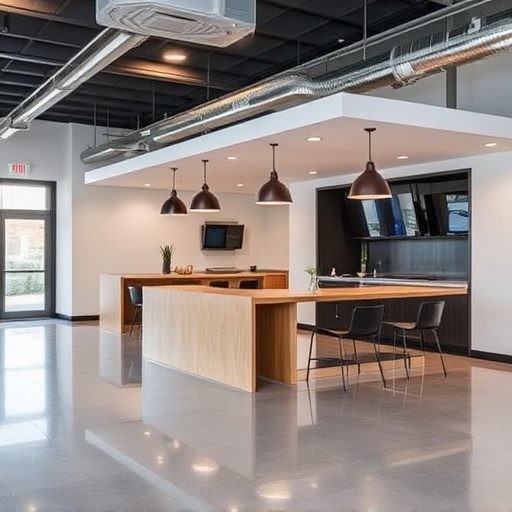
In home decorating, enhancing architectural features through color, light, and textures can dramatically transform spaces into stunning, inviting environments. Bold yet harmonious color palettes draw attention to unique structural elements, such as towering ceilings or ornate moldings, making them the focal points of any room. Strategically placed lighting—from ambient to task-specific—can sculpt and define architectural details, creating depth and dimension. For instance, highlighting a coffered ceiling with strategic LED lights or framing a fireplace with accent lighting not only brings out their beauty but also makes them feel more integrated into the overall design aesthetic.
Textured finishes on walls, floors, and furnishings play a significant role in showcasing architecture. Rough-hewn wood, rustic tiles, or even modern metallic accents can add depth and visual interest, drawing the eye to architectural elements. In kitchen renovations or home transformations, combining these techniques—a splash of color with textured flooring or wall art—can elevate the space from functional to fabulous, making every kitchen remodel feel more like a stylish sanctuary.
In the realm of home decorating, understanding and highlighting architecture is a game-changer. By integrating style with functionality, you can create visually stunning spaces that truly embrace the art of design. Through strategic use of color, light, and textures, each architectural element becomes a focal point, enhancing the overall aesthetic appeal of your residence. So, whether you’re navigating through a bustling home decor landscape or exploring vibrant tapestry of styles, remember to highlight the soul of your space—its architecture.
